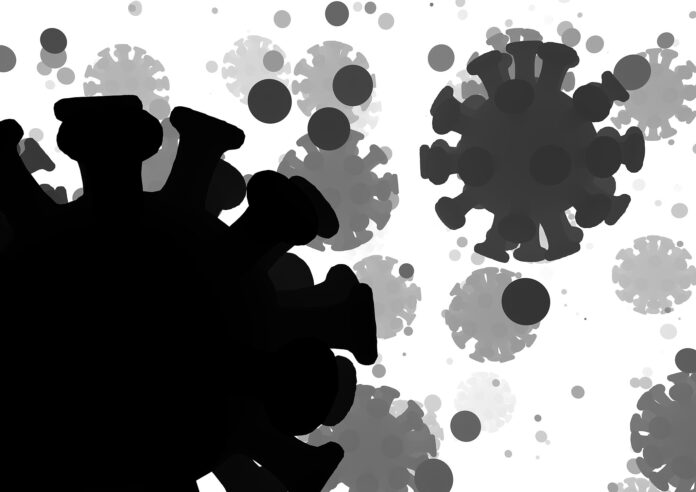
According to the province’s bi-weekly respiratory illness surveillance report, there is a slight decrease in COVID-19 cases in the province in the most recent reported week.
In the first week of the new year (Jan 1 to 7), an increase in COVID-19 and RSV cases occurred; however, this increase was not sustained into the most recent reporting week.
COVID-19 lab-confirmed cases decreased from 371 in the first week of January to 317 in the most recent week. Test positivity decreased to 5.4 per cent from 6.9 per cent.
The report covers the period of Jan. 1 to Jan. 14, 2023.
Test positivity in Saskatchewan was 5.4 per cent a decrease from 6.9 per cent previous week. Cases are largely in the 65 years and over age group (43 per cent)
For the two weeks of Jan. 1 to Jan. 14, there were 562 COVID-19 cases (75 were 0 to 19 years; 208 were 20 to 59 years; and 279 were 60 years and older).
Test positivity for COVID-19 in the North Central region was 6.7 per cent. For influenza test positivity was 5.3 per cent.
Saskatoon wastewater COVID-19 viral load increased from moderate to high, and Regina and South West reported decreased from moderate to low in the current week compared to the previous week.
These are only lab-confirmed cases and not rapid antigen test-confirmed cases.
The province warns that rates should be interpreted with caution because they do not include cases detected by home rapid-antigen test kits.
COVID-19 deaths have increased from 10 in the previous two weeks to 16 in the current two week period.
It is not known how many deaths occurred in North Central over this period. The majority of the deaths were in the 60-plus age group according to the report.
The report shows there are currently 81 hospital admissions and seven ICU admissions.
ICU admissions remain stable with an average of eight admissions per week – most were 60+ years old. The proportion of staffed inpatient beds occupied by COVID-19 patients has increased from 5.1 per cent in the previous week to 6.4 per cent this week.
BA.5 and its sublineages (denoted as BA.5*) are the most commonly detected variants (95.0 per cent of current reporting period), followed by BA.2* (3.0 per cent) and XBB.1.5 (1.3 per cent).
The province reported 10 new outbreaks in Long Term Care, care homes and personal care homes. With the exception of Regina, all areas of the province have less than 50 per cent of their population up-to-date1 for COVID-19 vaccines. Less than half of individuals aged 50+ have had more than one booster dose (46 per cent).
Of those aged five years and older, 21 per cent have received their latest booster dose in the last six months. Only 19 per cent of individuals aged 12+ years received a bivalent booster dose.
On the influenza side cases are decreasing in the province. Influenza detections decreased from 32 in the previous week to 21 positive laboratory tests this week.
No influenza outbreaks in a high-risk setting were reported in the past two weeks. Influenza hospitalizations and ICU admissions have decreased in this reporting period.
No deaths due to Influenza were reported in the past two weeks.
The report also included the school absenteeism data. School absenteeism is the proportion of scheduled children who were absent from class due to illness. School illness absenteeism data indicated 4.6 per cent of Saskatchewan students were absent due to illness Jan 1 to 7, which rose to 8.6 per cent in the most recent surveillance week.
As of Oct. 13, the Ministry of Health launched the community respiratory illness surveillance program (CRISP) report to integrate COVID-19 surveillance and reporting with provincial respiratory illness and surveillance reporting, including influenza.
The report standardizes the epidemiological information required for respiratory illness surveillance and risk management and will be issued bi-weekly during respiratory illness season.

